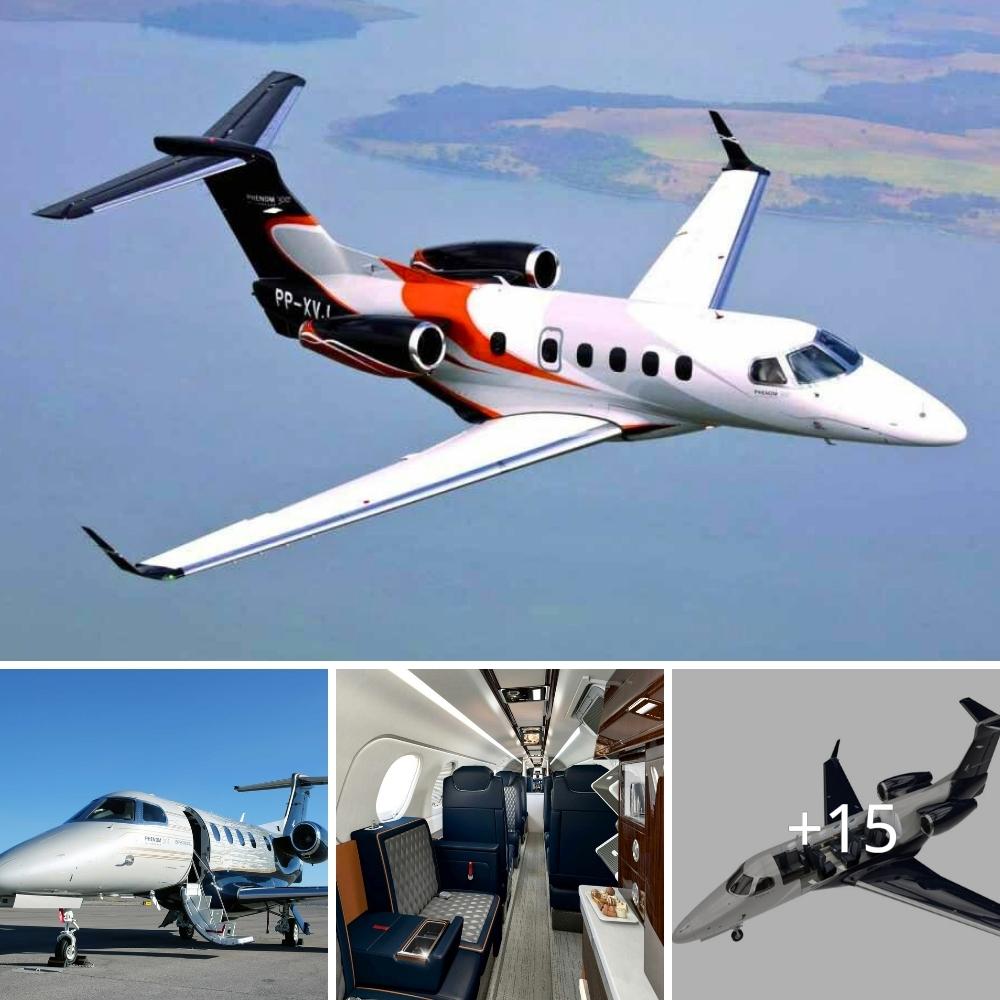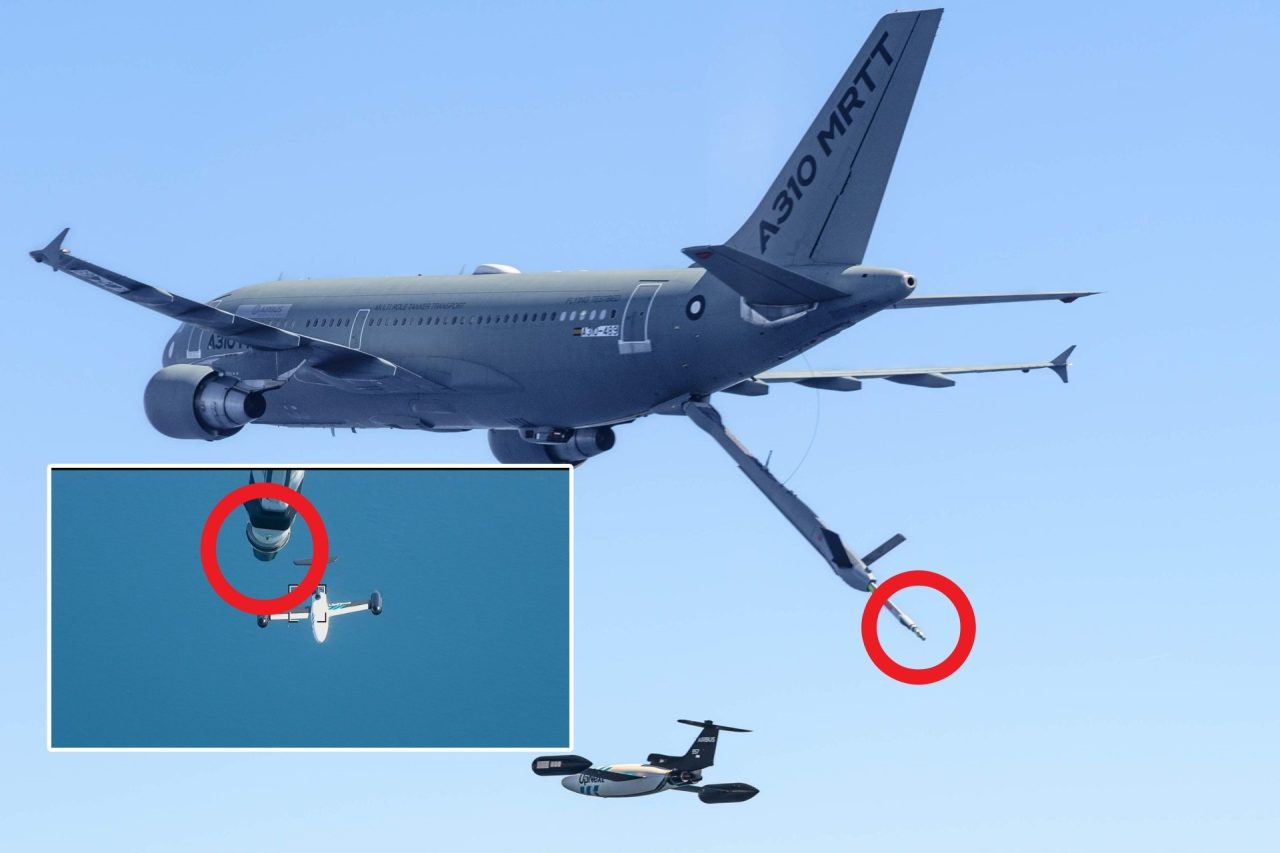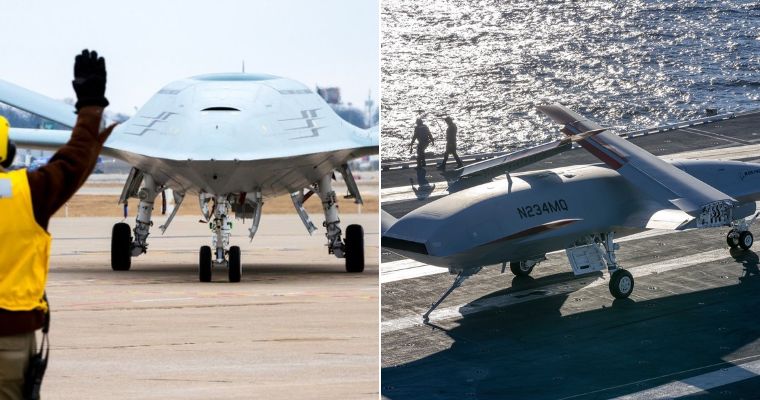Detroit’s Airspace Experience Technologies has presented a full-scale prototype of its modular eVTOL aircraft platform, Sigma-6, an innovative airframe featuring swappable cargo and passenger pods and a functional skateboard robot to load and unload them.
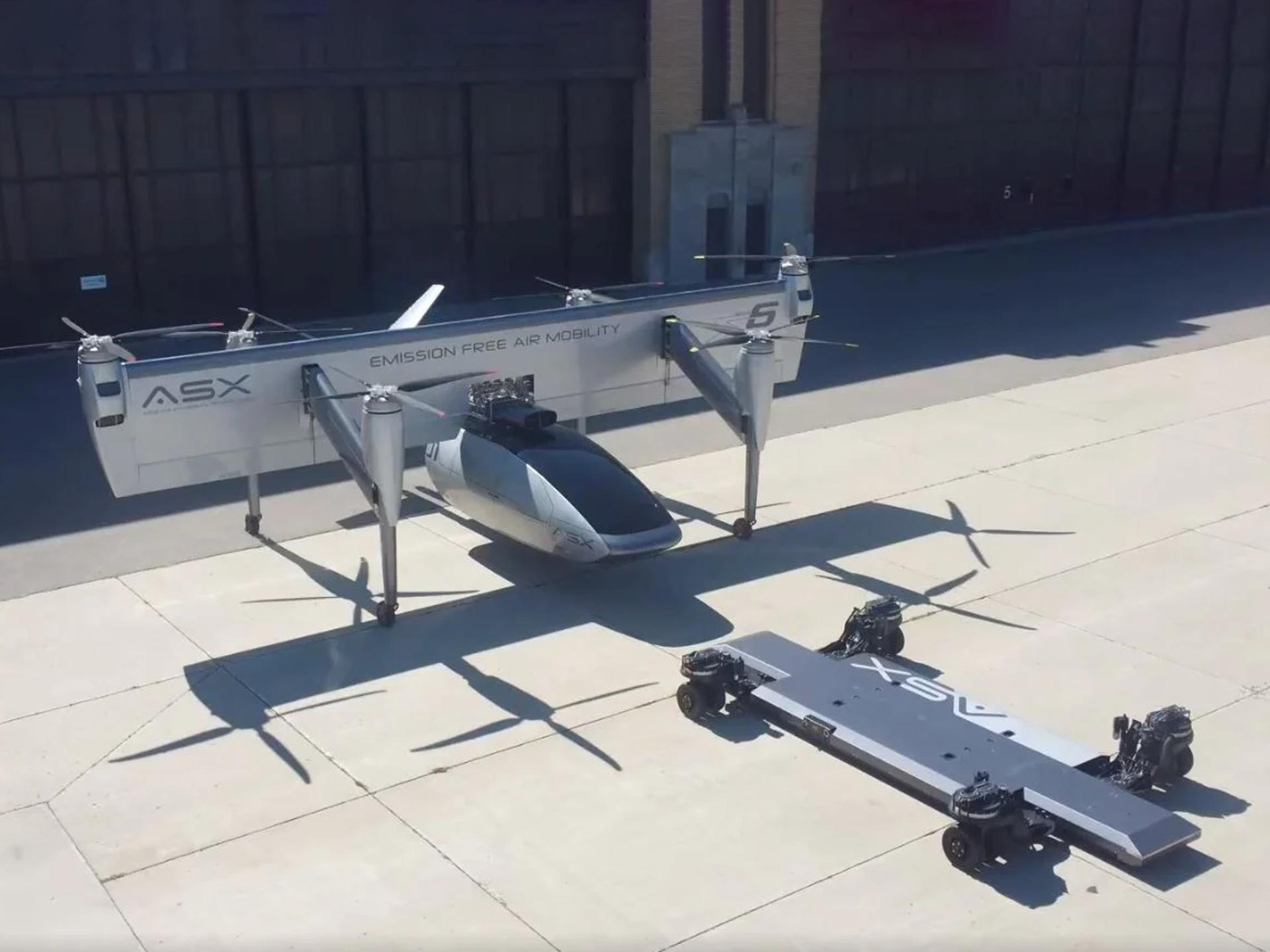
Transitioning electric VTOL aircraft designs have been everywhere for the last few years, but the majority are either simple lift and cruise designs, with separate horizontal and vertical thrust systems, or vectored-thrust designs that tilt their propulsion systems independently from their wings.
Tilt-wing designs have become much less common, perhaps due to concerns that vertically oriented wings will catch too much wind in a hover situation and make the aircraft work harder to stay level and maintain its position.
Whatever the case, ASX has gone with a tilt wing concept as the basis of its Sigma 6, and it sure is an interesting beast. The entire 43-foot-wide (11.6-m) tilting wing and V-tail assembly, complete with six large-diameter props and a set of landing gear on the trailing side, is designed to detach from the passenger and cargo pods that clip on underneath.
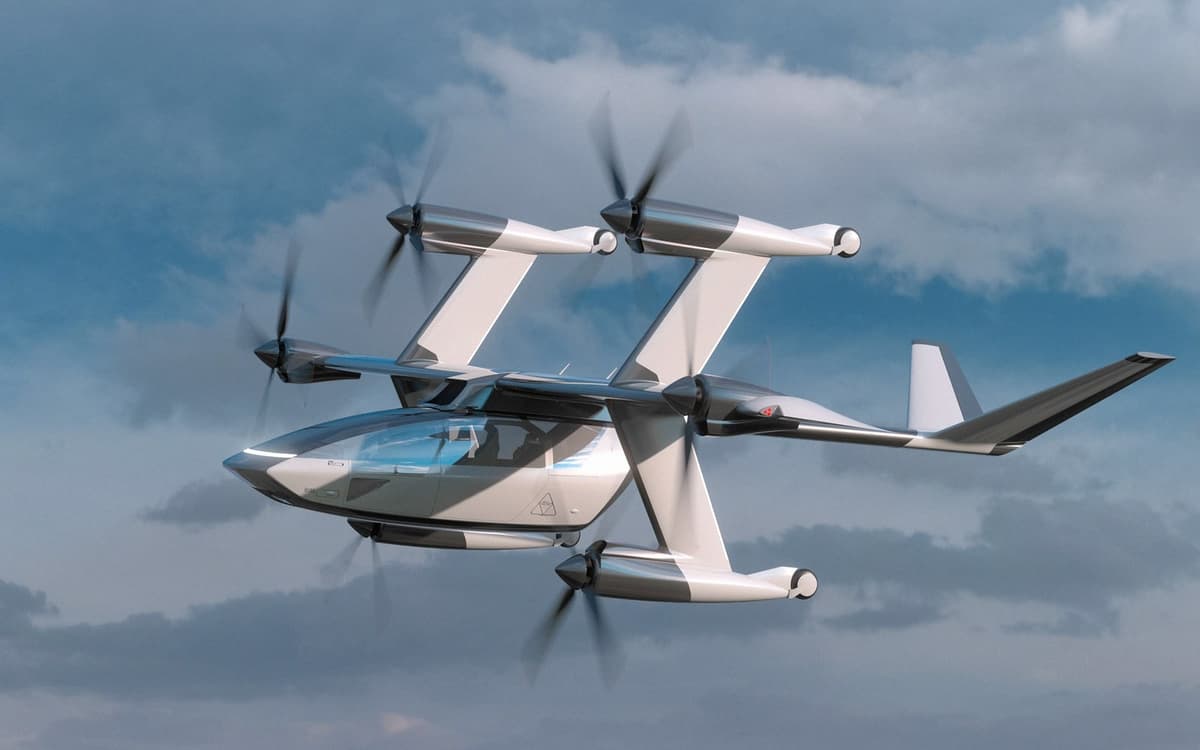
Experience Technologies
The pods are pretty huge in the context of the emerging eVTOL market. Cargo pods will carry an impressive 2,000 lb (907 kg) of payload, and passenger pods will seat six to eight people, with a solid 250-mph (400-km/h) top speed in the air. When the Sigma 6 lands, the pods will decouple from the airframe and roll around the place on a little autonomous electric skateboard chassis with all-wheel drive and omnidirectional wheels. The same skateboard robots can pick up and move the entire aircraft if necessary.
If it all sounds a little far-fetched, ASX has gone further with this idea than most – indeed, the company has gone so far as to prototype and test this ground logistics system at full scale. In the video below, you can watch the skateboard robot moving the pod around, positioning it under the airframe, lifting it up and locking it on.
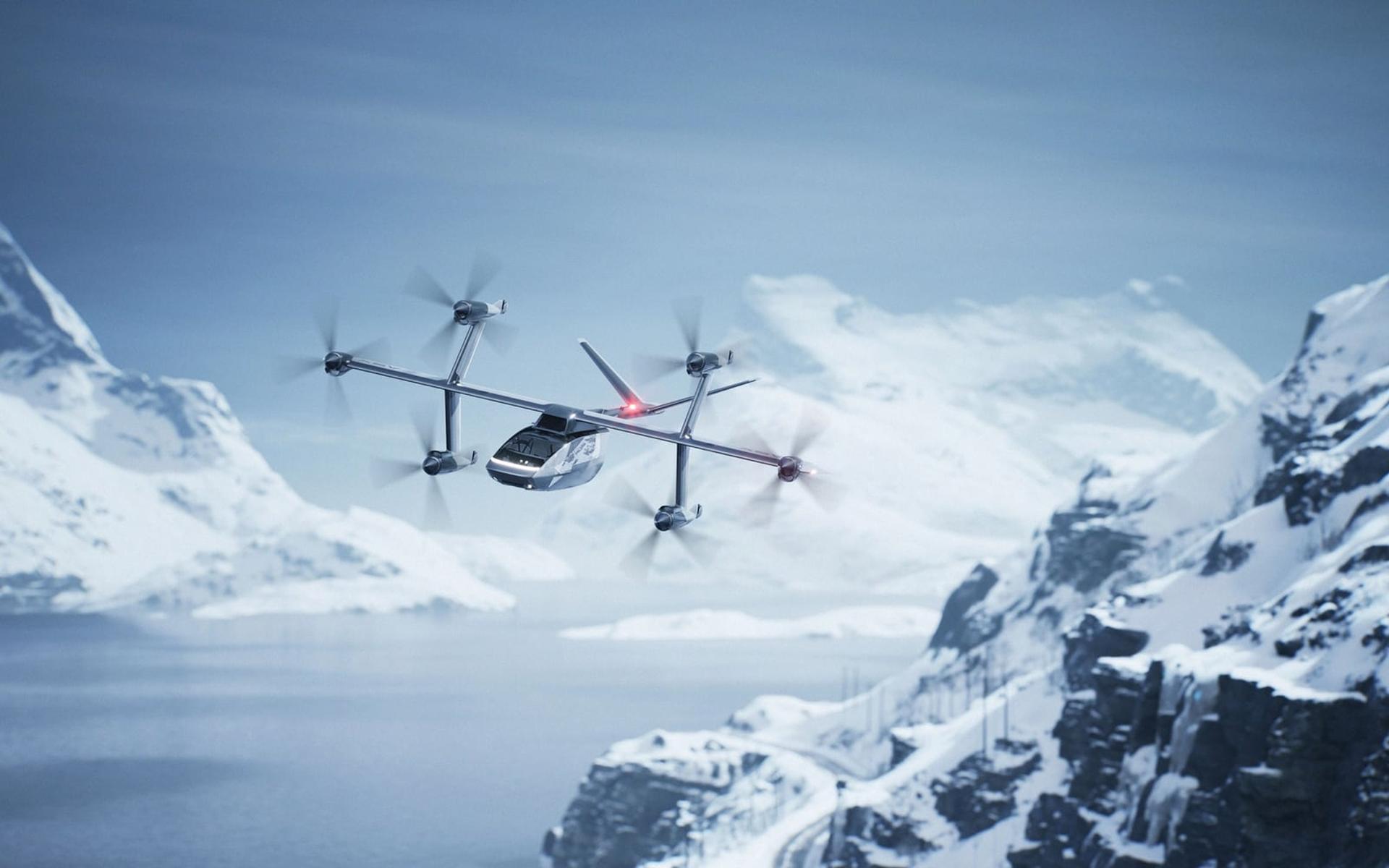
The 200-kWh battery packs will live in the pods, not in the airframe. Each one, claims ASX, is good for a flight range around 150 miles (240 km), but since the pods are swappable, there’s no need to leave the airframe sitting around costing money while the battery charges up. Slot a different one in, and away you go.
This is ASX’s sixth-generation prototype. It’s yet to be flight-tested, although the wing and six-prop VTOL system appear to have done some tethered hovering.
The company has got this far on around US$4.1 million worth of funding, but it’s still raising money, and even soliciting small-scale public investors through a crowdfunding platform, which frankly ain’t a great look. It’s got memoranda of understanding (MoUs) from a few potential customers for 100 aircraft, and a letter of intent (LOI) from the Department of Navy Future Air Mobility Command, but it’s hard to say what such correspondence is actually worth in real terms.

It’s just announced that the AFWERX Agility Prime team has approved ASX to move into phase 3 of its “Innovative Capabilities Opening” process, meaning that the AFWERX team will accept and consider a full written proposal that may result in ASX getting some government funding to build and present a prototype.
ASX’s plan is to begin having these machines produced at scale in 2025, with 100 aircraft slated for production by external contractors while it builds its own factory for mass production, beginning in 2027 with 500 units. Of course, to get to that point, the company will need to go through the long, torturous and expensive process of FAA certification, so it’ll need access to some deep pockets.
One neat thing you could potentially do with a pod-on-wheels-or-wings concept like this is to have the ground robots handle last-mile transfers at either end of the journey, taking passengers door-to-door in their bubbles. But as we discussed looking at a similar, earlier-stage modular eVTOL proposal by Node Air and JetX last month, this kind of thing would be a nightmare to certify; you’d need to get the thing approved as a fully autonomous road vehicle and as a commercial aircraft.
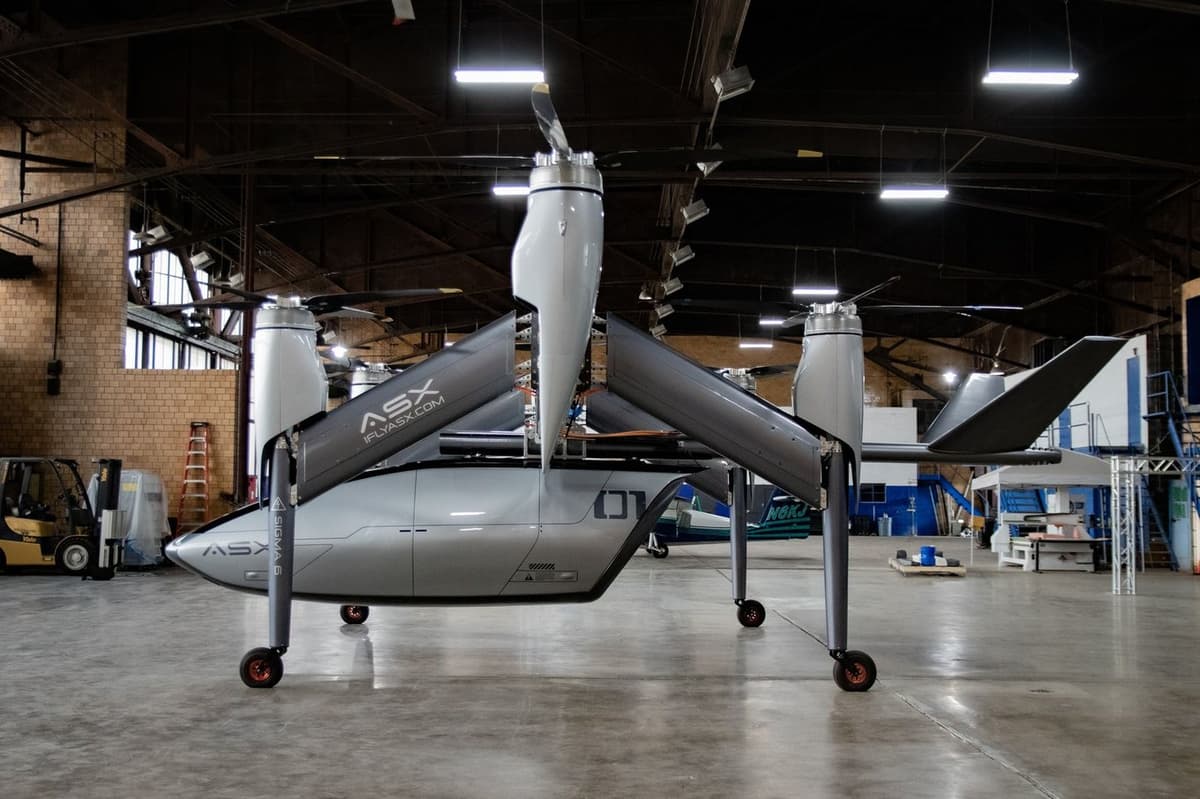
The path ahead for all eVTOL companies looks incredibly tough, but ASX seems to have taken this modular pod concept a decent way on limited funding, and we hope to see its machine flying soon. Check out a pitch video below.
Source: ASX via Urban Air Mobility News



